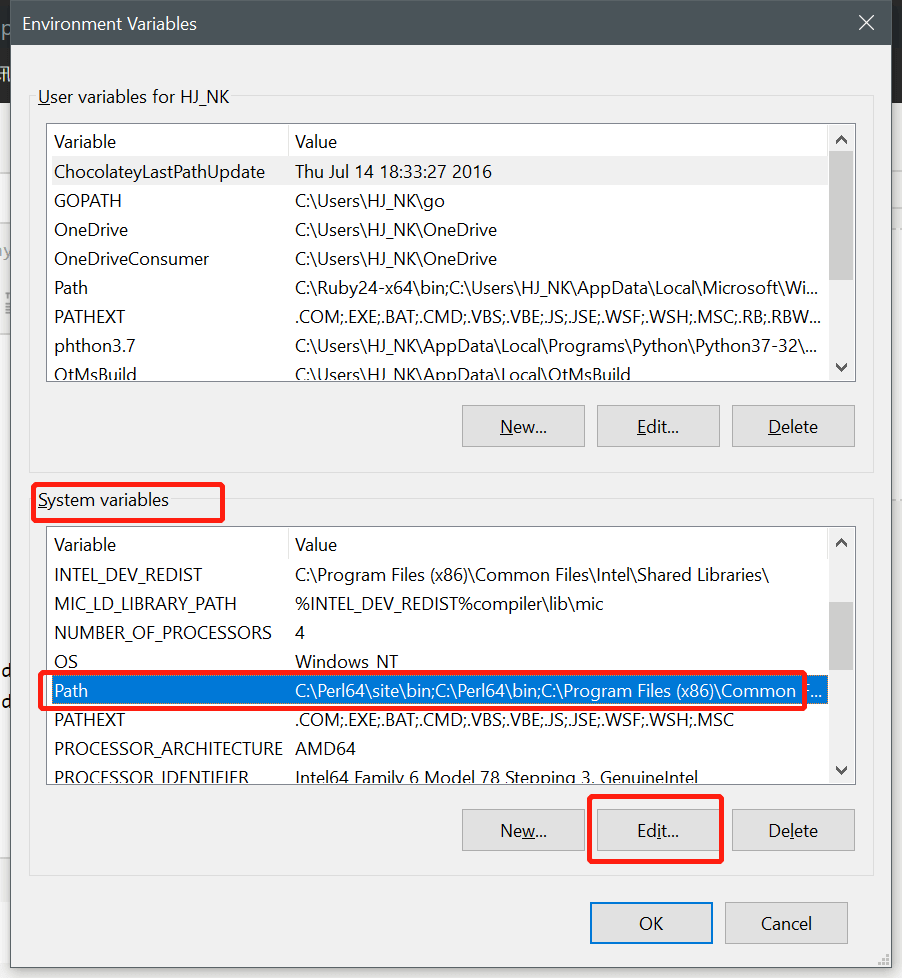在我使用过程中遇到的常用语法,这里做一些记录。os.system()
可以用来运行终端命令:
import os
os.system('date')
-----------------------
The current date is: 10/17/2019 Thu
glob
用来将匹配的文件放入数组:
import glob
import os
CWD = os.getcwd()#当前目录路径
for name in glob.glob(CWD+'/*'):
print(name)
以上输出当前目录下所有文件的文件名。
for name in glob.glob(CWD+'/file?.txt'):
print(name)
以上输出 filea.txt, fileb.txt filec.txt 等文件名。
可以使用类似正则表达式的方式匹配文件名:
glob.glob(CWD+'/*[12].*')
从python3.5开始,支持使用一下方法进行递归搜索目录内文件及文件夹:
for name in glob.glob(CWD+'/**/*', recursive=True):
print(name)
以上会输出目录内文件及子文件夹内文件。
split()
字符串分割:
按空格分割,注意两个部分之间的空格可以是1个或多个,不影响分割效果:
txt = "welcome to the jungle"
x = txt.split()
将 txt 字符串按空格来分成4个部分,x 是数组。
分割成设定的个数:
txt = "welcome to the jungle"
x = txt.split(' ', 1)
输出结果:x = ['welcome', 'to the jungle']
按特定字符分割:
txt = "apple#banana#cherry#orange"
x = txt.split("#", 1)
输出结果:x = ['apple', 'banana#cherry#orange']
next()
用于 iterator 的顺序提取。
mylist = iter(["apple", "banana", "cherry"])
x = next(mylist)
print(x)
y = next(mylist)
print(x)
z = next(mylist)
print(x)
输出结果:x = 'apple' y = 'banana' z = 'cherry'
format()
用于字符串内的赋值:
print ("{}, A computer science portal for geeks".format("GeeksforGeeks"))
输出:GeeksforGeeks, A computer science portal for geeks
多个输入参数:
print ("Hi ! My name is {} and I am {} years old"
.format("User", 19))
带索引的多参数输入:
print("Every {3} should know the use of {2} {1} programming and {0}"
.format("programmer", "Open", "Source", "Operating Systems"))
输出结果:Every Operating Systems should know the use of Source Open programming and programmer
strip()
删除字符串前和后的空格:
txt = " banana "
x = txt.strip()
输出:x = 'banana'
删除字符串前和后的自定义字符:
txt = ",,,,,rrttgg.....banana....rrr"
x = txt.strip(",.grt")
输出: x = 'banana'
]]>




